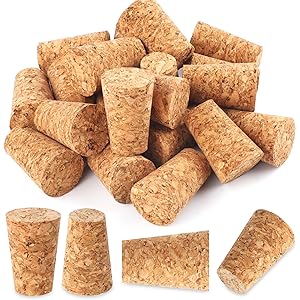Understanding Brettanomyces Lambicus Movement
Brettanomyces lambicus is a unique yeast strain known for its distinctive characteristics in fermentation. Unlike traditional yeast, Brettanomyces lambicus exhibits a different mode of movement and growth, primarily influenced by its environment and the substrates available. This yeast is often associated with the production of sour beers and is known for its ability to thrive in various conditions, making it a fascinating subject for brewers and microbiologists alike.
Mechanisms of Movement in Brettanomyces Lambicus
The movement of Brettanomyces lambicus is not as straightforward as that of other microorganisms. This yeast can move through liquid media via a process known as passive diffusion, where it spreads out from areas of high concentration to low concentration. Additionally, Brettanomyces can also utilize the movement of liquid during fermentation, allowing it to disperse throughout the wort or beer, enhancing its ability to contribute to the flavor profile.
Environmental Factors Influencing Movement
Several environmental factors significantly influence how Brettanomyces lambicus moves and grows. Temperature, pH levels, and the presence of other microorganisms can all affect its mobility. For instance, higher temperatures can increase metabolic activity, leading to more vigorous movement and fermentation. Conversely, extreme pH levels may hinder its ability to thrive, thus affecting its distribution within the fermentation vessel.
Role of Nutrients in Movement
Nutrient availability plays a crucial role in the movement of Brettanomyces lambicus. This yeast requires specific nutrients to grow and reproduce effectively. When nutrients are abundant, Brettanomyces can proliferate rapidly, leading to increased movement throughout the fermentation medium. Conversely, nutrient-poor environments can limit its growth and mobility, impacting the overall fermentation process.
Interaction with Other Microorganisms
Brettanomyces lambicus often coexists with other yeast and bacteria in fermentation environments. These interactions can influence its movement patterns. For example, the presence of lactic acid bacteria can create a competitive environment that may either hinder or promote the movement of Brettanomyces, depending on the specific conditions and the metabolic byproducts produced by these microorganisms.
Get more content like this!
Sign up to receive updates and new terms first hand.
Adaptation to Different Substrates
Brettanomyces lambicus is known for its ability to adapt to various substrates, which can affect its movement. This yeast can utilize a wide range of sugars and other compounds, allowing it to thrive in diverse fermentation environments. Its adaptability enables it to move effectively through different media, ensuring that it can access the nutrients necessary for growth and fermentation.
Impact of Oxygen on Movement
Oxygen levels in the fermentation environment can significantly impact how Brettanomyces lambicus moves. While this yeast is primarily anaerobic, it can utilize oxygen when available, which can enhance its metabolic processes and movement. The presence of oxygen can lead to the production of various volatile compounds, further influencing the yeast’s behavior and distribution within the fermentation vessel.
Movement in Relation to Fermentation Dynamics
The dynamics of fermentation play a critical role in the movement of Brettanomyces lambicus. As fermentation progresses, the yeast’s movement is influenced by the production of carbon dioxide and other byproducts. The release of gas can create currents within the liquid, facilitating the movement of Brettanomyces throughout the medium and allowing it to interact with other components in the fermentation process.
Significance of Brettanomyces Lambicus Movement in Brewing
Understanding how Brettanomyces lambicus moves is essential for brewers looking to harness its unique flavors and characteristics. The movement of this yeast can significantly impact the final product, influencing aroma, flavor, and mouthfeel. By controlling the fermentation environment and understanding the factors that affect Brettanomyces movement, brewers can create distinctive and complex beers that showcase the unique qualities of this yeast strain.




